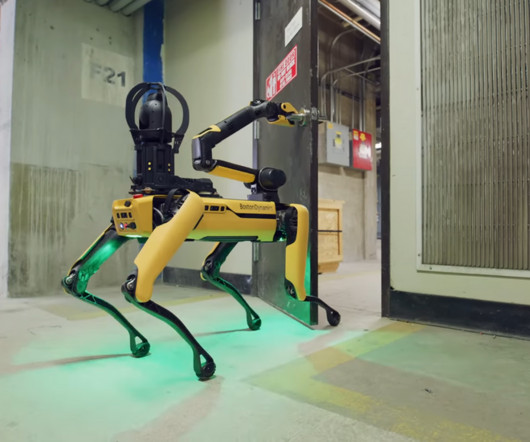MIT study finds materials risk exposure increases significantly with vehicle electrification
Green Car Congress
JULY 17, 2021
The team analyzed part-level data of material use for seven current year models, ranging from internal combustion engine vehicles (ICEV) to plug-in hybrid vehicles (PHEVs), all provided by Ford. Among the findings were that exposure increases from $874 per vehicle for ICEV passenger vehicles to $2,344 per vehicle for SUV PHEVs.
























Let's personalize your content